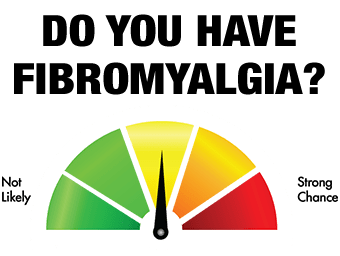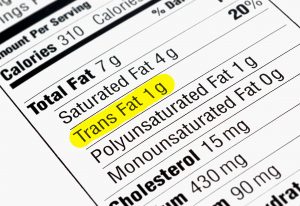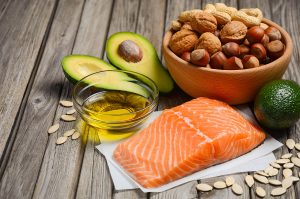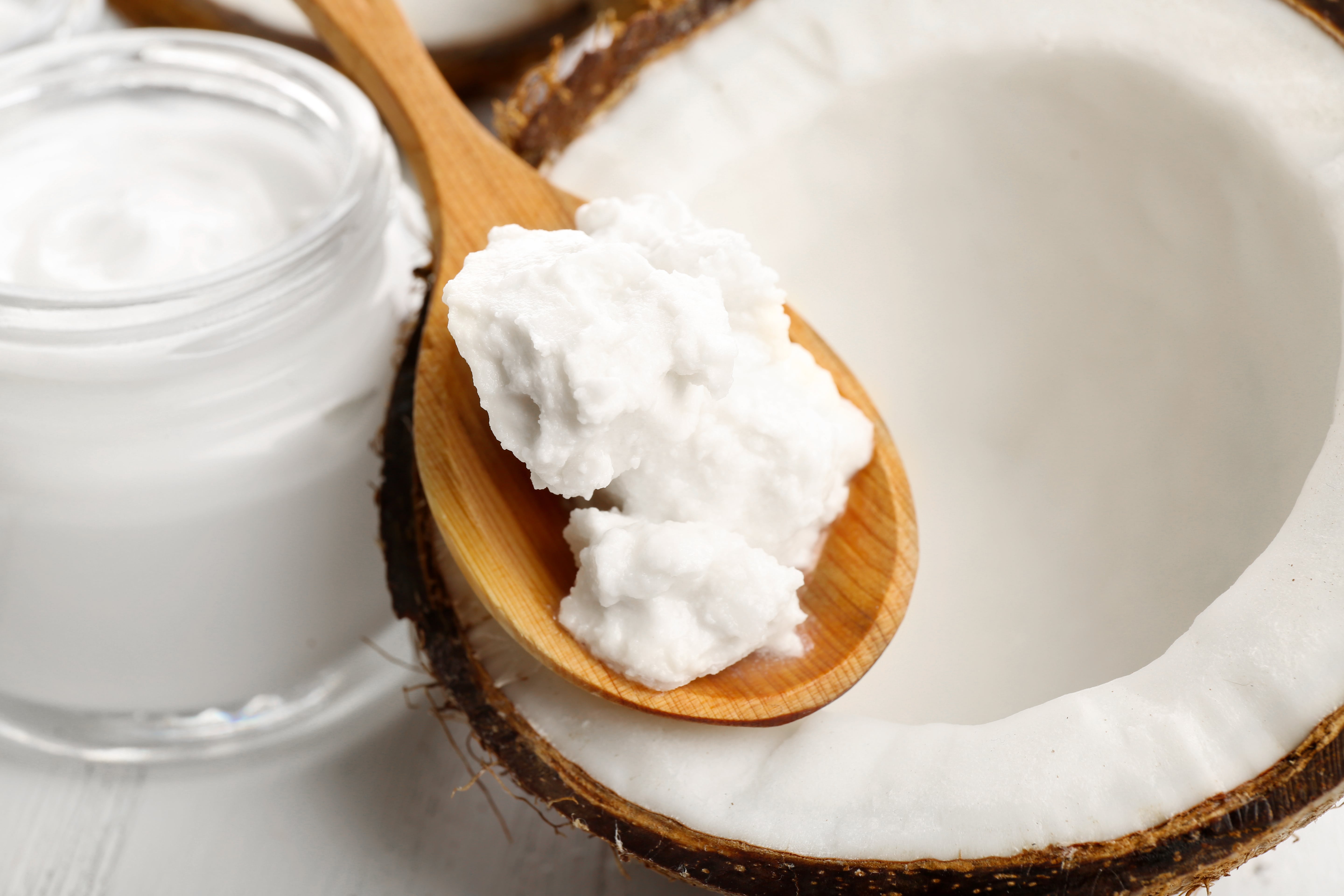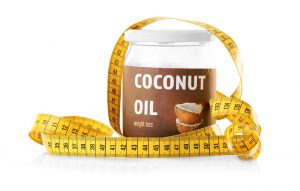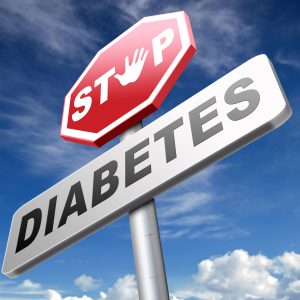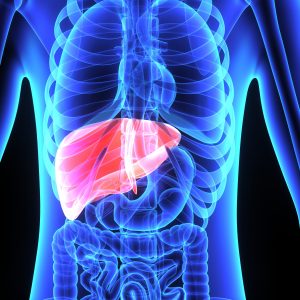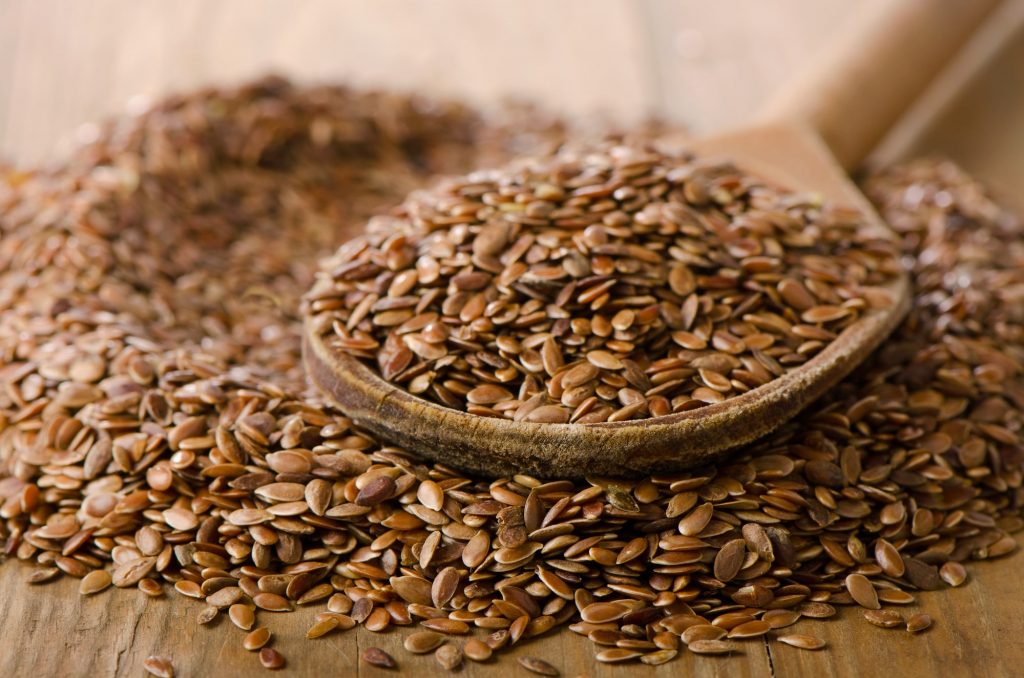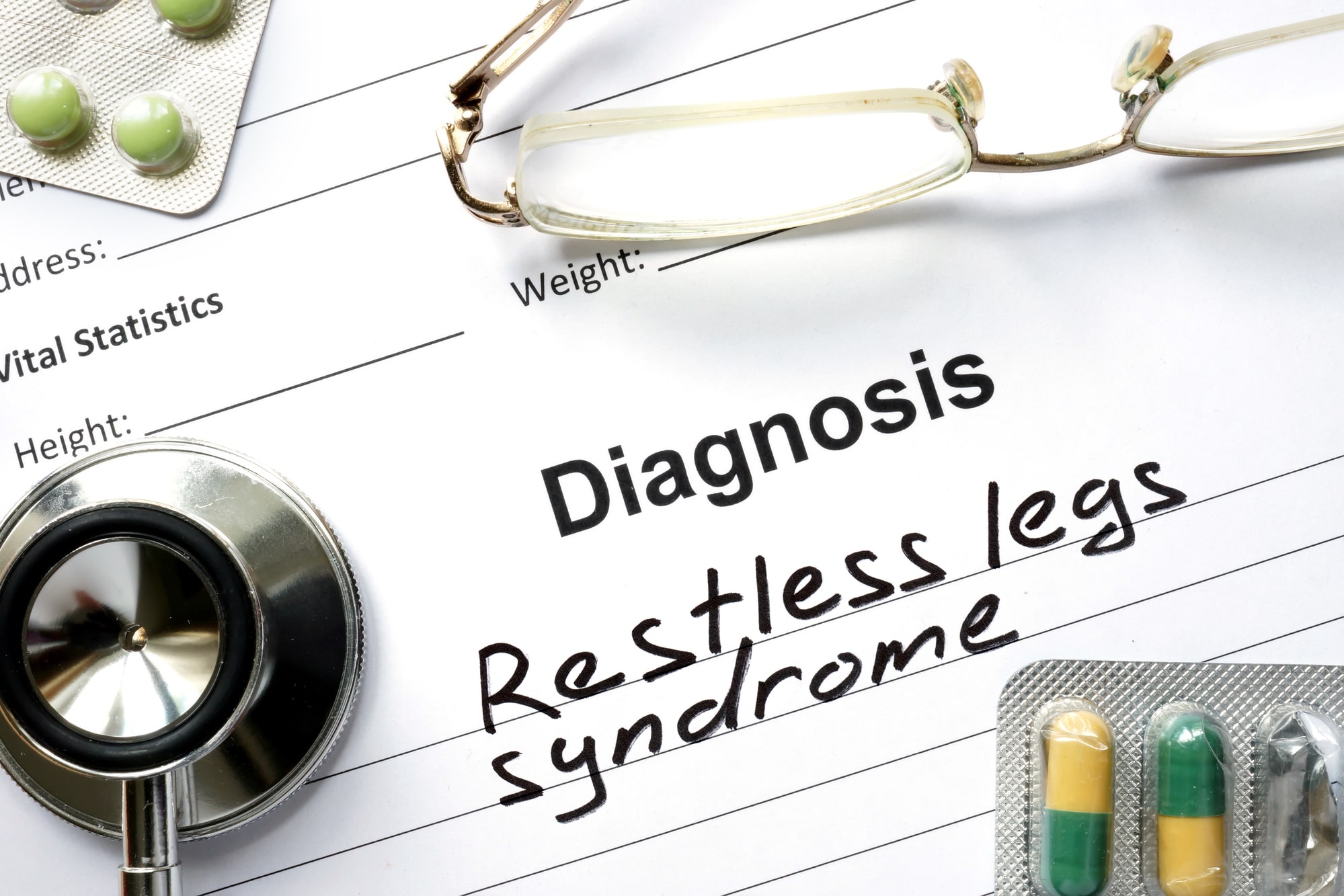If your life is afflicted by numbness or tingling in the arms, hands, fingers, legs, feet or toes then you will be interested in this clinical study that showed…
How Patients Significantly Improved Their Sharp Pains, Grip Strength, and Eliminated Numbness and Tingling Without Drugs or Surgery
Numbness, tingling, and pain affects all parts of your life
Numbness and tingling is a huge problem which affects every part of your life from sleeping, sitting or walking. The thought of getting a good night sleep or playing with your kids or grandchildren may seem like a pipe dream because your arms or legs are in too much pain and may even be weak.
Maybe you’re frustrated because you’ve been told that you have to live with it as all the medical testing indicates that you shouldn’t have a problem. Or maybe you’re even fearful because the only options left are drugs with heavy side effects or surgery.
I can tell you one thing…… you are not alone. Millions of people suffer from some form of peripheral neuropathy which can be caused by different things. It is described by webmd.com as a condition that results when nerves from the brain and spinal cord which carry messages to and from the rest of the body are damaged or diseased.
This condition obstructs the nerve signals that control your muscles, joints, connective tissues and organs and if ignored could lead to more serious complications.
“I feel like I’m 30 years older than I actually am. I can’t walk great distances without pain. My hands go numb while doing the simplest activities like watching tv or lying in bed. I am tired of living this way.”
More Pills Are Not the Solution
There have been many clinical studies which have demonstrated the benefit of chiropractic and nerve conditions:
Patients showed an 85.5% resolution of the nerve symptoms after only 9 chiropractic treatments. – Journal of Chiropractic Medicine 2008
With chiropractic care, patients had “significant improvement in perceived comfort and function, nerve conduction and finger sensation overall.” – JMPT 1998
“Significant increase in grip strength and normalization of motor and sensory latencies were noted. Orthopedic tests were negative. Symptoms dissipated.” – JMPT 1994
What these studies mean is that there is hope for you to get your life back.
Where should you start?
Finding the cause of your neuropathy is where you should start. The doctor of chiropractic is trained to identify the causes of neuropathic conditions and if your case is beyond the scope of chiropractic you would be referred to the appropriate health professional. However, often these conditions are caused by a degeneration or misalignment of the spine which can press on the roots of the nerves. This pressure can arise from the bones or intervertebral discs anywhere on the spine from the base of the head down to the tail bone.
Whether you have been to a chiropractor before or this would be your first experience, you may be wondering what to expect with us. We want you to understand everything about your case and our procedures before we get started. Our exams are thorough and our patients describe our techniques as “gentle and effective”. We have many techniques that we can use to ensure that you are comfortable without hindering the results of your care and progress.
The goal is to release pressure on the nerves to allow your body to heal.
“I wish I had found you sooner”
The first step is to help you find the right practitioner in your area. We know that you may have tried everything else without success but we could help you find the answer to your nerve problems. We hear this from many people…
We want to make it easy for you to explore if we can help which is why we’re extending this opportunity to you. We have a network of doctors in the United States, Canada, and the United Kingdom and have let us know that they will provide an examination for you for over 65% off so that you can get the answers to your questions…. finally. We will connect you with them for an appointment
You would receive all of what is included with our full initial consultation:
- A thorough examination exploring all potential causes of your condition
- A complete neuromuscular examination
- Specialized testing which may include x-rays if necessary. This can help to determine if any spinal problems are contributing to your condition
- An in-depth review and analysis or your findings
- A detailed plan of the course of action
- We’ll really listen to all of your concerns, answer all your questions and let you know how we can help and what to expect.
The goal of this evaluation is to help find the problem and then correct it. Imagine what your life could be like without these frustrating nerve problems. In no time you could be feeling normal again.
Exclusive Numbness and Tingling Evaluation Website Offer
Your life could change for the better. It’s time to start your body on the right path towards living normally again. Watch your mobility improve, muscles relax and your pain ease up.
It’s so easy to take advantage of our network of doctors and the over 65% savings for your initial exam. Simply fill out the form below and we will contact you to arrange the best health professional in your area that can help.
Dr. Casey Sinclair, D.C. is a leading holistic healthcare doctor trained in functional medicine. He has extended his reach around the world by co-founding Family Health Advocacy, a health advocacy group lead by doctors and health professionals providing resources and education on global health matters. He has been fortunate to act as health a consultant to some of the largest companies in North America and as a professional speaker he’s had the privilege of speaking to thousands of people. Dr. Casey is an advocate for people suffering with chronic pain and fibromyalgia and has authored a book on the subject.






